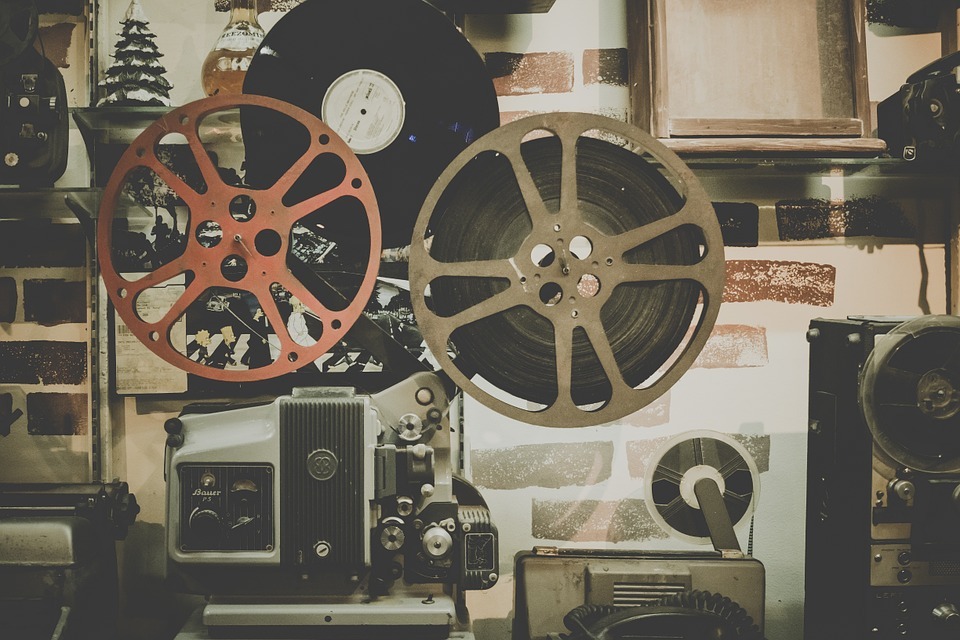French New Wave is perhaps the most significant movement in the country’s film industry. Starting in the late 1950s to the early 1960s, it proved the prowess of criticism and how it resulted in the development of cinema’s entirety. But what actually is it? Why and how did it ignite? Read below to discover how the French New Wave started, how it changed the film’s landscape, and how its influence is still felt from the works of many modern filmmakers today.
What Is French New Wave?
For a long history, mainstream films became the movie industry’s barometer, following the same set of standards and rules in filmmaking. It was characterized by simple and not as problematic narratives, where the big studios mostly steered the wheel in the whole creative process. While French filmmakers were aware of these precepts, they deviated from the norms, giving birth to a new era.
In the late 1950s, La Nouvelle Vague or the New Wave started with a circle of cinephiles, and film critics, who wrote for the magazine “Cahiers du Cinema”. Some notable personalities who became part of the movement were Éric Rohmer, François Truffaut, and Jean-Luc Godard, Claude Chabrol, Jacques Rivette, Agnes Varda, Jacques Demy, and Alain Resnais.
They spurned the control huge studios had over films and veered away from the film traditions as they felt like their films lacked genuineness, lost their magic to stir human emotion, and didn’t depict the way people actually live. As such, they want to give the directors full liberty and command over the creative process. That means to shun using the same old storytelling style, gears towards free, spontaneous narratives, and employ new and unconventional filmmaking techniques.
After conveying their ideas through publication, they started making films of their own. However, that means having to finish it with low budgets, as they no longer have the financial support from the big studios. Nevertheless, the movement became significantly influential, as it altered the concept of filmmaking, signaling the start of the auteur theory.
Auteur filmmaking entails giving directors to ferry the movie wherever they want to take it and enable him to impart his artistic identity in each film he makes. It paved the way for more independence, and a type of cinema shined, more discerning and radical than mainstream movies. Films were able to get a breath of fresh air using revolutionary techniques, such as adopting new storylines, exciting camera angles and shots, and employing natural sound and lighting. All of which can still be seen in modern films today, proving the enduring significance and influence of the French New Wave movement.
What are the characteristics of French New Wave Cinema?
Various characteristics clearly separated French New Wave cinema from mainstream films, which includes:
Free editing and jump cuts:
For many years, mainstream filmmaking revolved around linear and unfragmented editing, wherein Shot A transitions directly to Shot B smoothly, without any alteration with information to avoid confusion among the viewers. French New Wave went out of the box. It used a free editing style by using jump cuts to intentionally bring in discontinuity or disarray, letting the audience feel like they were actually watching a film.
Use of handheld cameras:
Some scenes of New Wave films are unstable or shaky, but they were intended to be. As lightweight hand-held cameras were invited at the time of movement, directors used them on their films for easier shooting. They started employing new camera angles, long take, and tracking shots, giving a different perspective to the viewers.
Location shoots and natural light and sound:
Rather than sticking to studio filmmaking, directors of New Wave Cinema threw away artificial sets, studio lights, and corrected or remixed sound. Instead, they shot in actual locations, used available natural light, and recorded actual sounds, significantly giving their movies a casual and natural feel, closer to reality.
Improvised dialogue:
While mainstream films centered on entertaining dialogues to keep the moviegoers hooked, New Wave Cinema rejected script-based movies. Instead, they relied on improvisation, where dialogue was often freshly written on the shoot day. Otherwise, actors were just provided the geist of the scene, and it’s up to them to devise dialogues on their own.
Complex plots and characters:
Another innovation made by New Wave films is steering away from authoritarian protagonists and features ones that are often immoral, marginalized or those whose life is in chaos. Meanwhile, plots featured complex events and evoked solid thoughts and feelings, displaying reality’s true madness. The climax was usually open-ended or not finished crisply, eliciting either questions or confusion, but enables viewers to think and their minds wander even after watching the flick.
Takeaway
The French New Wave movement’s influence can still be felt today, as seen in movies of modern filmmakers such Scorsese, Tarantino, and Iñárritu. That’s over six decades when it happened. Its effects cannot be undermined, demonstrating that breaking away from the normal isn’t bad, as it can bring anything to greater heights, just like how La Nouvelle Vague did for French Cinema.

